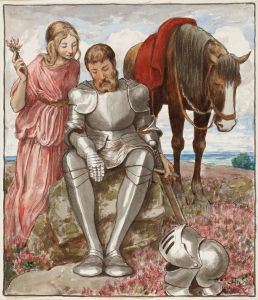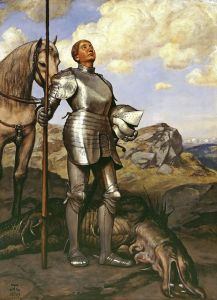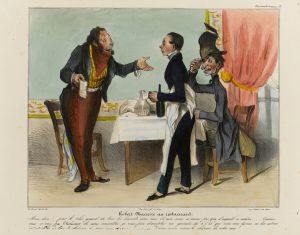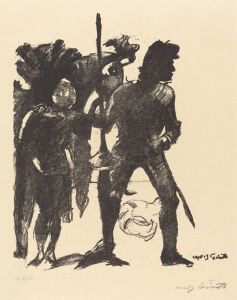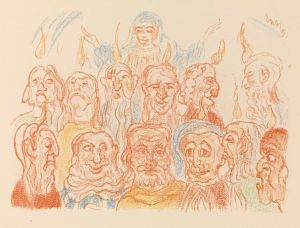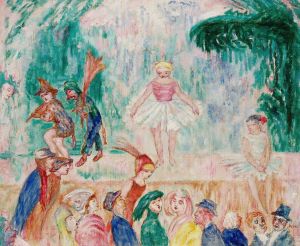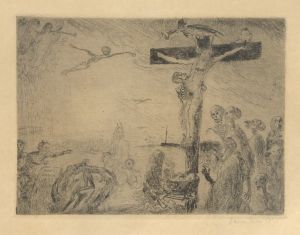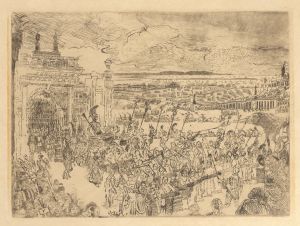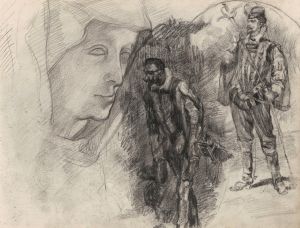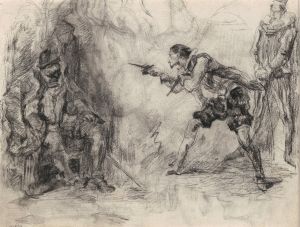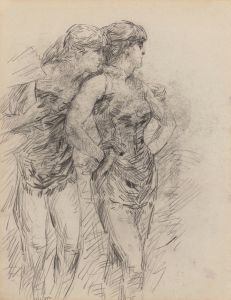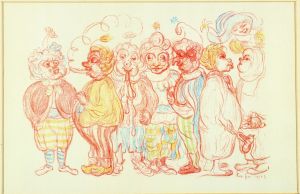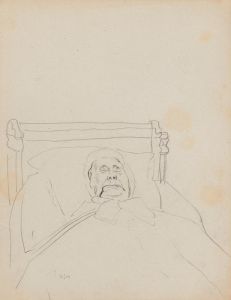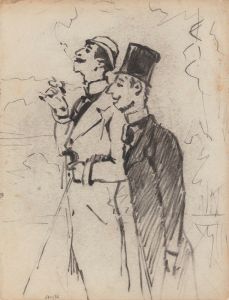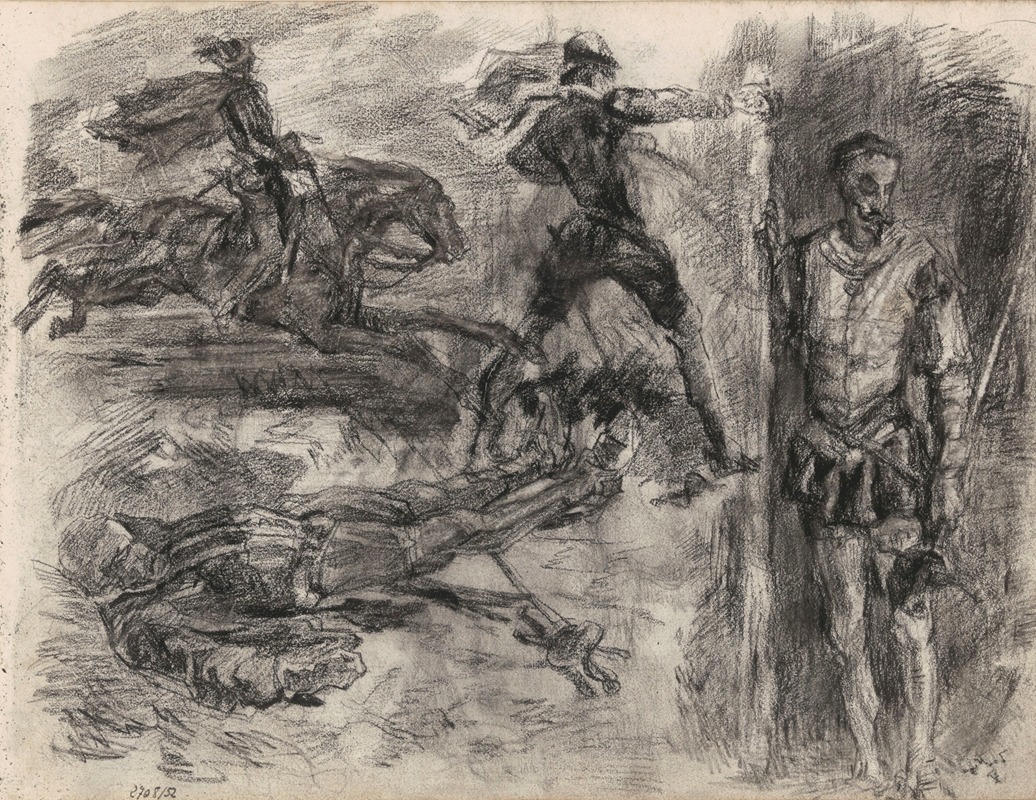
Don Quixote
A hand-painted replica of James Ensor’s masterpiece Don Quixote, meticulously crafted by professional artists to capture the true essence of the original. Each piece is created with museum-quality canvas and rare mineral pigments, carefully painted by experienced artists with delicate brushstrokes and rich, layered colors to perfectly recreate the texture of the original artwork. Unlike machine-printed reproductions, this hand-painted version brings the painting to life, infused with the artist’s emotions and skill in every stroke. Whether for personal collection or home decoration, it instantly elevates the artistic atmosphere of any space.
"Don Quixote" is a painting created by the Belgian artist James Ensor in 1887. Ensor, born in 1860 in Ostend, Belgium, is known for his unique and often provocative style that blends elements of realism, symbolism, and expressionism. His works frequently explore themes of satire, grotesque imagery, and social critique.
The painting "Don Quixote" depicts the iconic character from Miguel de Cervantes' famous novel "Don Quixote," which was first published in the early 17th century. Cervantes' novel tells the story of a delusional Spanish nobleman who, inspired by chivalric romances, sets out on a series of misguided adventures, believing himself to be a knight-errant. Accompanied by his loyal squire, Sancho Panza, Don Quixote's exploits are both humorous and tragic, as he confronts the harsh realities of the world with his idealistic and often absurd notions of knighthood.
Ensor's interpretation of Don Quixote captures the essence of the character's quixotic nature. The painting features Don Quixote in his makeshift armor, mounted on his faithful steed, Rocinante. Ensor's use of bold colors and dynamic brushstrokes brings a sense of movement and energy to the scene, reflecting the tumultuous and fantastical world that Don Quixote inhabits. The background of the painting is filled with swirling, chaotic forms, which may symbolize the confusion and disorder that Don Quixote encounters on his adventures.
Ensor's choice to paint Don Quixote is significant, as the character's struggle between illusion and reality mirrors themes present in Ensor's own life and work. Ensor often felt like an outsider in the art world, and his works frequently challenged conventional norms and expectations. By portraying Don Quixote, Ensor may have been expressing his own sense of alienation and his desire to confront societal hypocrisies through his art.
The painting "Don Quixote" is part of Ensor's broader body of work that includes other notable pieces such as "The Entry of Christ into Brussels" (1888) and "The Skeletons Fighting Over a Hanged Man" (1891). Ensor's distinctive style and his ability to blend humor with social commentary have earned him a lasting place in the history of modern art.
Today, James Ensor is celebrated as one of Belgium's most important artists, and his works are held in high regard by art historians and collectors alike. "Don Quixote" remains a testament to Ensor's skill as a painter and his ability to capture the complexities of human nature through his art. The painting is housed in the Royal Museum of Fine Arts in Antwerp, where it continues to be admired by visitors from around the world.





